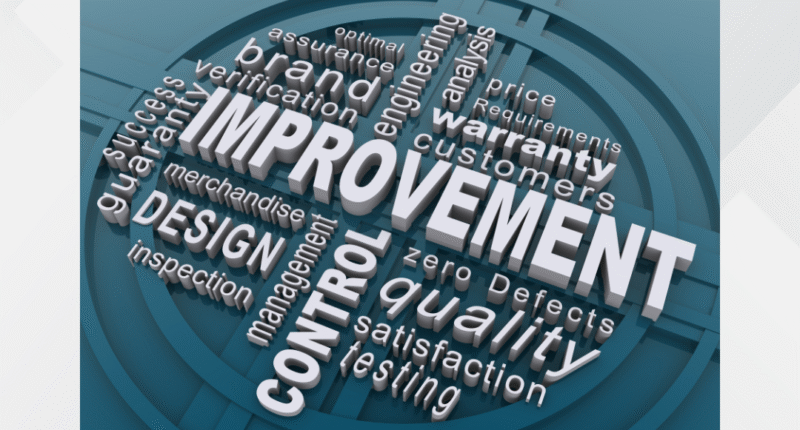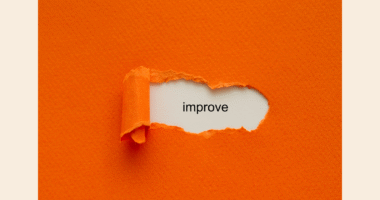Kaizen, meaning “change for the better,” is a cornerstone of continuous improvement in manufacturing and business processes. For engineers, mastering Kaizen tools is essential to optimize workflows, reduce waste, and enhance productivity. Here are 10 essential Kaizen tools every engineer should know to drive operational excellence.
1. 5S Methodology
The 5S methodology organizes the workplace to improve efficiency and safety. Its five components—Sort, Set in Order, Shine, Standardize, and Sustain—help engineers streamline workspaces, reduce errors, and maintain consistent operational standards.
2. Value Stream Mapping (VSM)
Value stream mapping visually represents the flow of materials and information in a process. Engineers can identify bottlenecks, redundancies, and non-value-added activities, making it easier to optimize processes and improve overall efficiency.
3. PDCA Cycle
The Plan-Do-Check-Act (PDCA) cycle is a systematic approach for testing and implementing improvements. Engineers plan changes, execute them on a small scale, evaluate results, and standardize successful solutions for long-term benefits.
4. Root Cause Analysis
Root cause analysis helps engineers identify the underlying cause of problems rather than addressing symptoms. Techniques like the 5 Whys and fishbone diagrams allow teams to implement long-term solutions and prevent recurrence.
5. Kanban System
The Kanban system is a visual workflow management tool that helps engineers control inventory, track progress, and maintain smooth production flow. By limiting work-in-progress and signaling demand, Kanban enhances efficiency and reduces waste.
6. Standardized Work
Creating standardized work procedures ensures tasks are performed consistently and efficiently. Engineers document best practices, maintain quality, and provide clear guidelines for training new employees.
7. Gemba Walks
A Gemba walk involves observing the actual work process on the shop floor. Engineers can directly identify inefficiencies, engage with employees, and collect practical insights for process improvement.
8. Spaghetti Diagram
The spaghetti diagram tracks the physical movement of materials or workers in a process. By visualizing unnecessary motion, engineers can redesign workflows to reduce wasted effort and improve productivity.
9. Visual Management Tools
Visual management tools—such as charts, dashboards, and color-coded signals—help engineers monitor processes, identify deviations, and communicate important information quickly. They promote transparency and accountability on the floor.
10. Kaizen Blitz
A Kaizen blitz is a focused, short-term improvement project targeting specific areas of a process. Engineers work intensively to implement changes, solve problems, and achieve measurable results rapidly.
Implementing Kaizen Tools Effectively
Engineers who apply these Kaizen tools systematically can drive continuous improvement, reduce waste, and enhance efficiency in their organizations. By combining multiple tools—such as 5S, PDCA, and root cause analysis—engineers can achieve sustainable improvements and foster a culture of operational excellence.









